Read the latest news from regional and global sources, presenting different voices and perspectives.
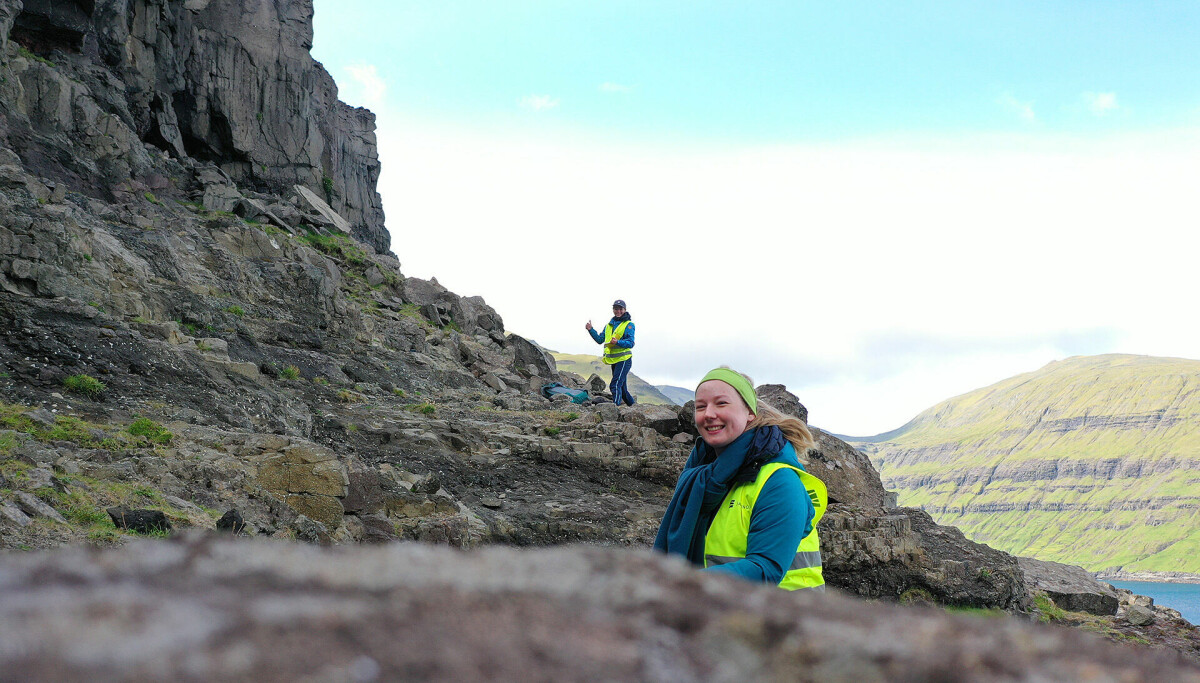
These researchers want to turn CO2 into stone
We have to go back 55 million years. That was when Greenland and Norway began to drift apart, causing the Atlantic Ocean to open up. The Earth's crust between them became thinner and thinner, and enormous amounts of lava poured forth. At the same...

‘All the way from Canada’: Scottish family finds bottle linked to 13-year-old B.C. research project
It’s a story that spans 13 years and thousands of kilometres. A research bottle linked to Sidney, B.C. was found by a family in Scotland this March, connecting scientists and communities an ocean apart. Four-year-old Hamish Golledge was walking...

Scientists warn the Gulf Stream is on the verge of collapse with apocalyptic consequences
Scientists have warned that the Gulf Stream could collapse altogether, having weakened significantly over the past 100 years. Without it, you've got the possibility of rising sea levels, climate change, and unliveable temperatures. What is the...

Scientists and monks perform last rites for a Himalayan glacier
At a little over 5,000 metres above sea level, Buddhist monks, members of Nepal’s Langtang Valley community, and scientists gathered for an unusual ceremony. High in the Himalayas, just north of the capital Kathmandu, science and faith came...
IceFlow: harmonizing decades of lidar data for cryospheric research
Mt. Balfour lies on the western side of the Antarctica Peninsula. The terminus of the Fleming Glacier is visible in the foreground of this photograph. — Credit: NASA Operation IceBridge By Agnieszka Gautier It only takes a small uptick in...
IceFlow: lowering barriers to lidar data for cryosphere research
By Agnieszka Gautier Lidar instruments have been mapping the surface heights of Earth’s frozen regions—collectively known as the cryosphere—since at least 1993. From aircraft to satellites, these tools have revealed critical evidence of thinning...
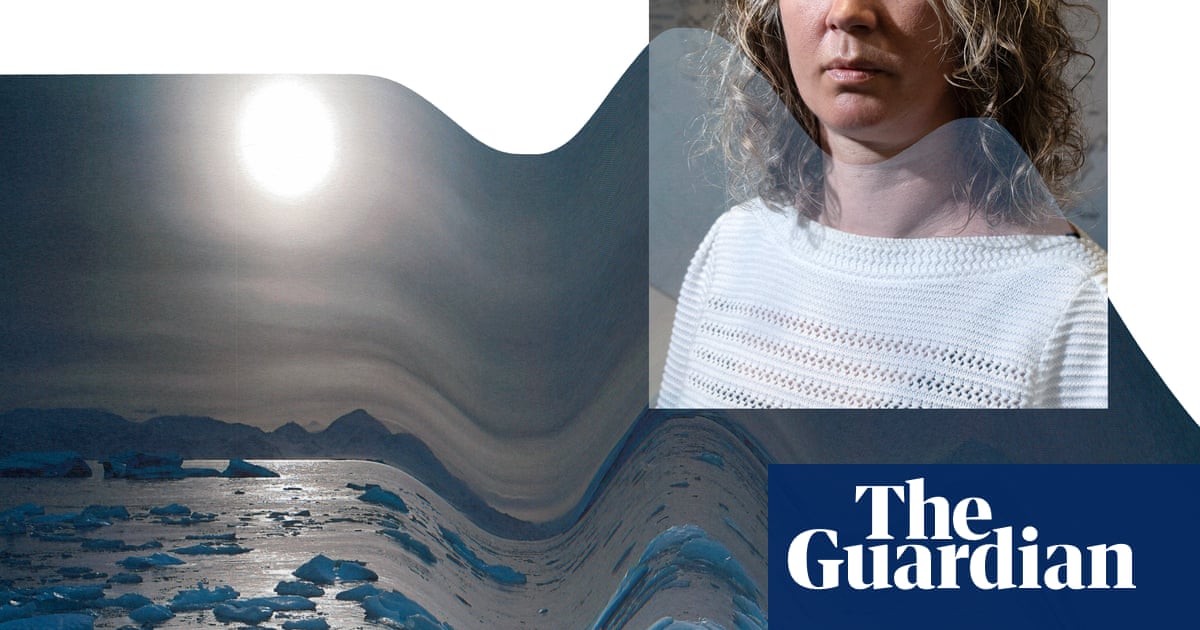
‘It looks more likely with each day we burn fossil fuels’: polar scientist on Antarctic tipping points
4-Louise Composite: AP / Guardian Design For more than 20 years, Louise Sime has worked at the British Antarctic Survey specialising in polar climate dynamics. She uses ice cores to reconstruct past conditions and predict future changes. She now...

‘Secret tunnels’ under Greenland may be the safest place if war breaks out
A radar instrument captured the remnants of ‘Camp Century’ earlier this year (Picture: NASA) Deep below the thick ice of Greenland lies a labyrinth of tunnels that were once thought to be the safest place on Earth in case of a war. First created...

Scientists issue warning over alarming new temperature findings: 'We do expect the ... threshold to be exceeded again'
"This may offer a brief respite for the planet." by Catherine WilkinsJune 22, 2025 Experts revealed that the world endured its second-warmest May on record, and the trend of rising temperatures could lead to extreme weather that puts global...

Longest-ever solar eclipse revealed by scientists
Every time they come around, solar eclipses - when the Moon perfectly aligns between the Sun and Earth, completely blocking the Sun’s bright disc - never fail to amaze. The solar phenomenons draw huge crowds across the globe, and while they occur...

All day and all night, Greenlanders revel in 24-hour sunlight to play soccer
Your support helps us to tell the story From reproductive rights to climate change to Big Tech, The Independent is on the ground when the story is developing. Whether it's investigating the financials of Elon Musk's pro-Trump PAC or producing our...

Western Canadian glaciers melting twice as fast as they did a decade ago, research shows
Researchers say some glaciers in Western Canada and the United States lost 12 per cent of their mass from 2021 to 2024, doubling melt rates compared to the previous decade. The research led by University of Northern British Columbia professor...
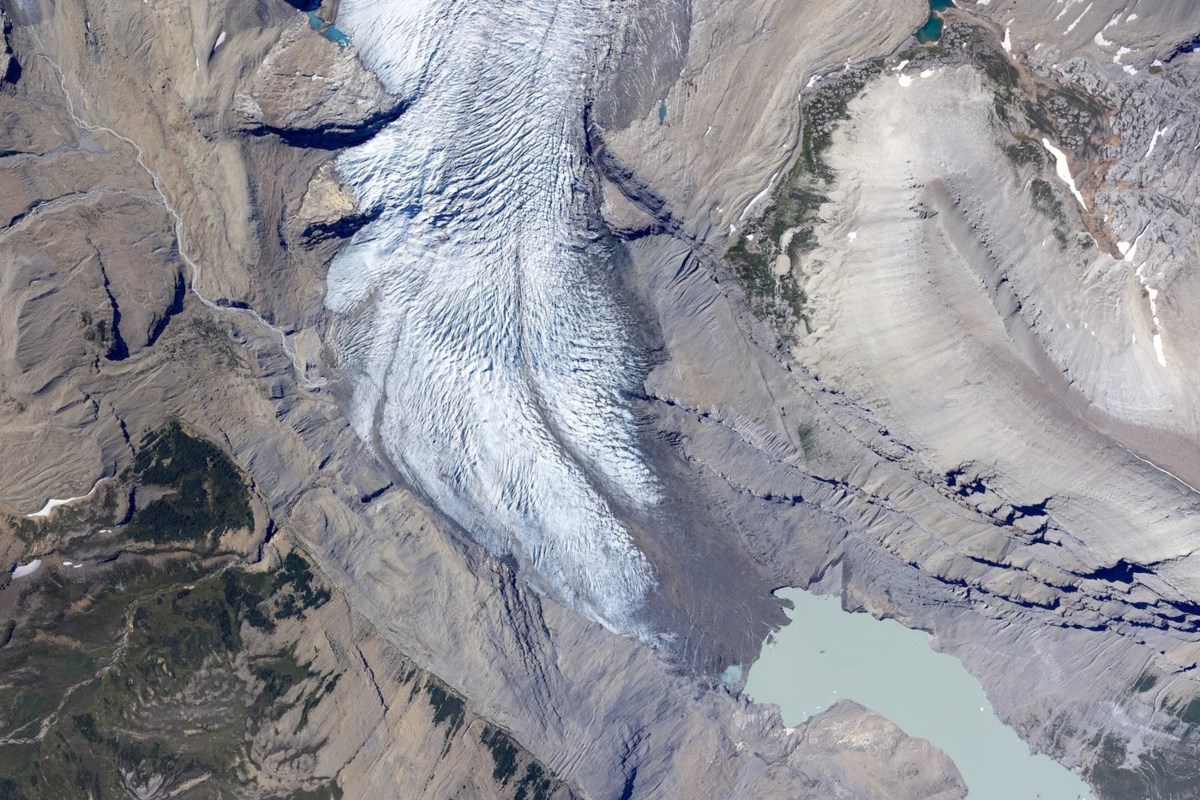
Western Canada glaciers melting twice as fast as in previous decade, research says
Researchers say some glaciers in Western Canada and the United States lost 12 per cent of their mass from 2021 to 2024, doubling melt rates compared to the previous decade. Researchers say some glaciers in Western Canada and the United States lost...

Glaciers in Western Canada melting twice as fast as in previous decade, researchers say
Open this photo in gallery:Robson Glacier in a supplied photo from the Hakai Institute. A research letter published in a peer-reviewed journal this week shows glaciers in Western Canada and the U.S. lost 12 per cent of their mass from 2021 to...

Now is the time for Canada to strengthen its diplomatic ties with Greenland
One of the most topographically interesting regions in the world, Greenland flaunts an impressive seven-kilometre-deep ice sheet that is said to be the world’s largest glacier, covering 80 per cent of the island’s surface. Beneath its Arctic...

Ancient People Claimed to Hear the Northern Lights Pop and Fizz—And the Legends Are True, Scientists Say
To Scandinavia’s Sami people, the Northern Lights inspire fear and respect. Children should never tease the lights, elders have said, lest the aurora swoop down and carry them into the skies. Inuit people in Greenland, on the other hand, viewed...
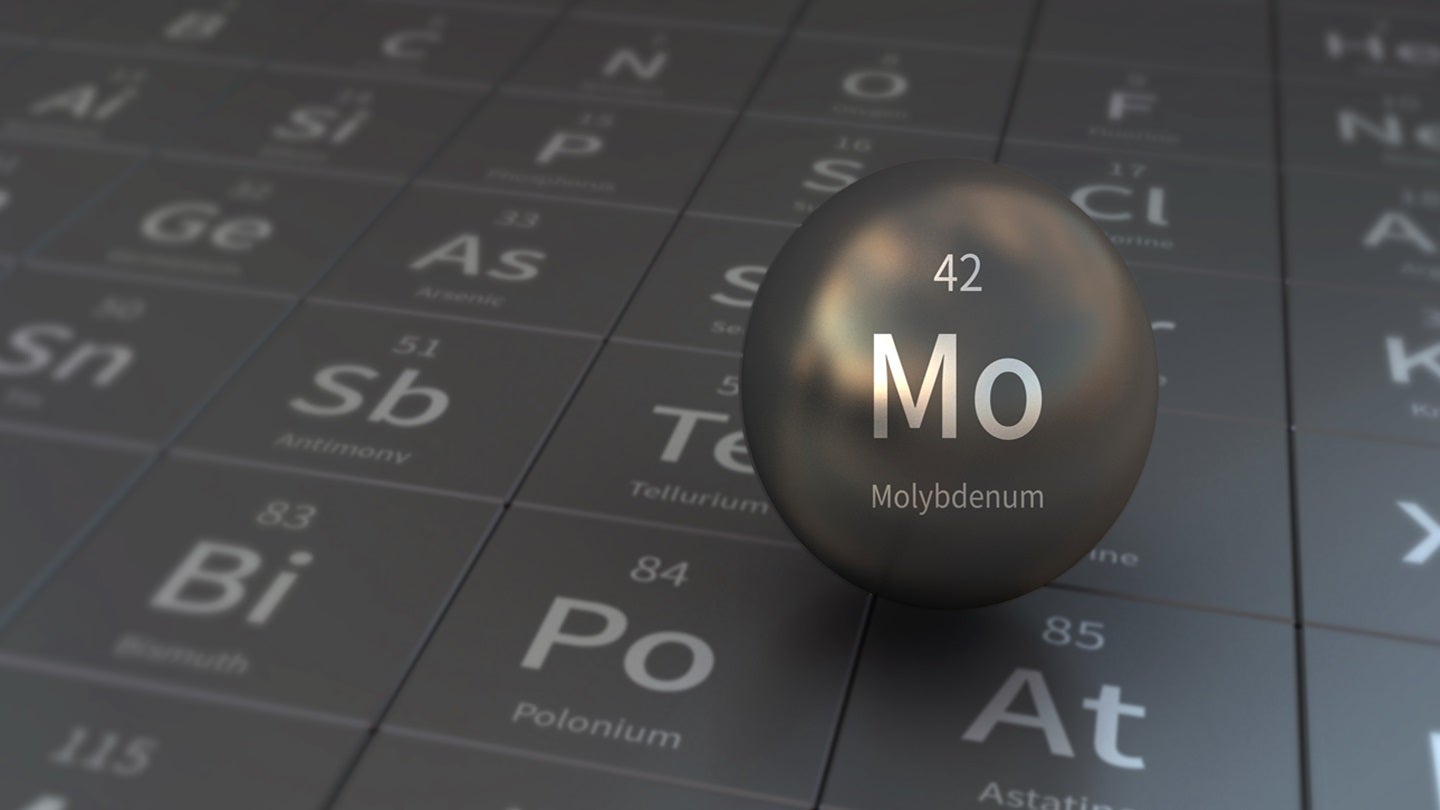
Greenland Resources secures 30-year exploitation licence for Malmbjerg project in Greenland
Greenland Resources has been granted a 30-year exploitation licence for molybdenum and magnesium at the Malmbjerg project in Greenland. The licence stipulates that mining activities must commence by 31 December 2028 and allows for a potential...
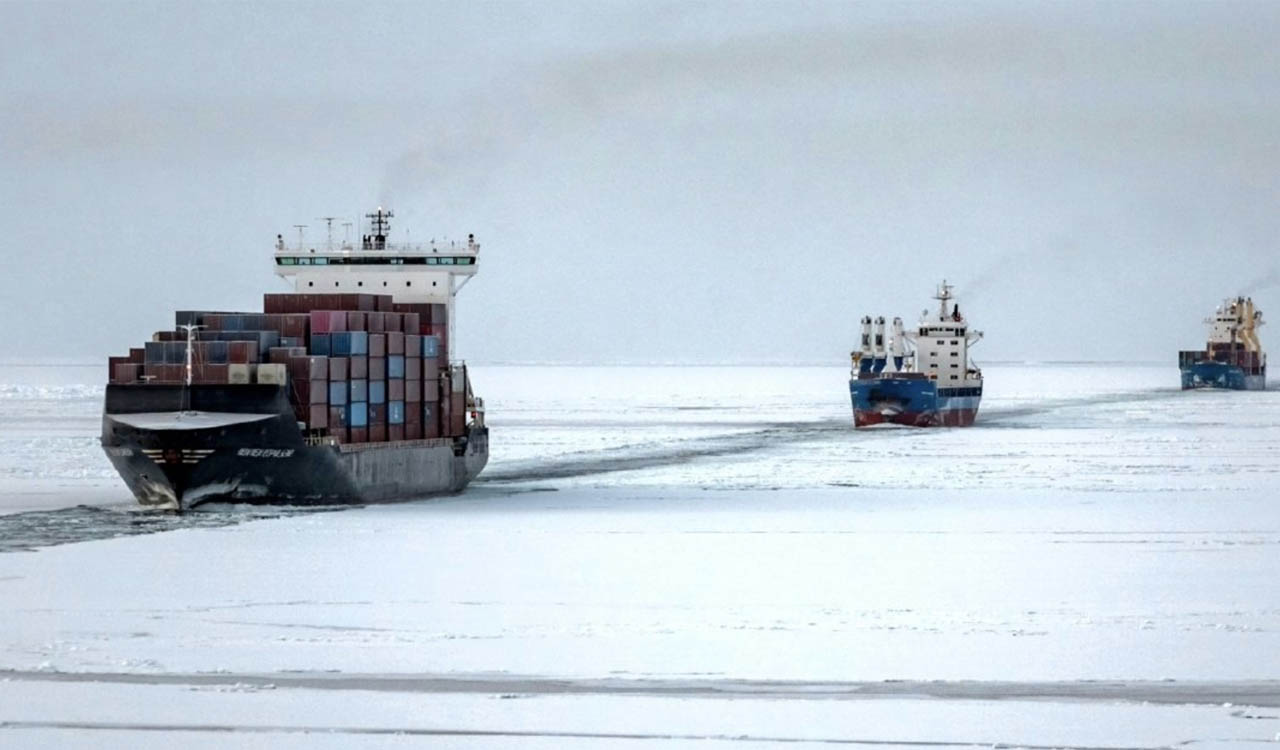
Opinion: From Science to Strategy, India’s Arctic ambitions take shape
India’s pact with Norway to build its first indigenous Polar Research Vessel marks a major strategic pivot in its Arctic engagement, signalling that this initiative is more than just a scientific venture By Dr Vijay Sakhuja, Dr Anudeep Gujjeti On...
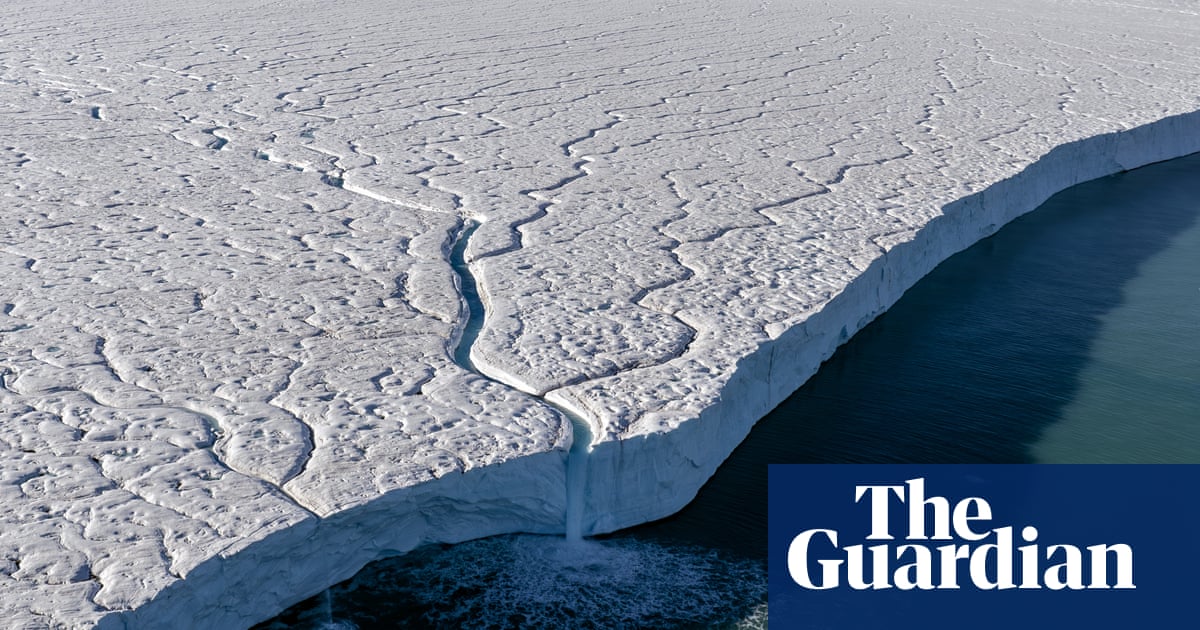
Mirrors in space and underwater curtains: can technology buy us enough time to save the Arctic ice caps?
When the glaciologist John Moore began studying the Arctic in the 1980s there was an abundance of suitable sites for him to carry out his climate research. The region’s relentless warming means many of those no longer exist. With the Arctic...
Greenland Resources Receives 30-Year Exploitation License for Molybdenum and Magnesium
NUUK, Greenland--(BUSINESS WIRE)--Jun 19, 2025-- Greenland Resources Inc. (Cboe CA: MOLY | FSE: M0LY) and its fully owned Greenlandic subsidiary Greenland Resources A/S (“Greenland Resources” or the “Company”) is pleased to announce that today the...
